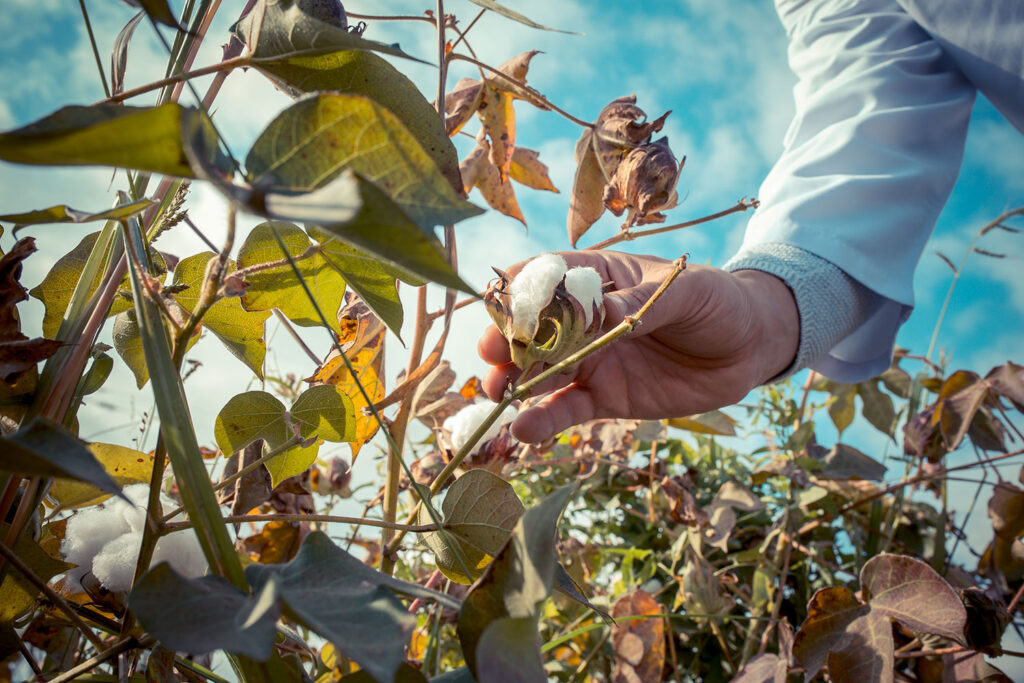Pima cotton has a rich history that dates back thousands of years. Its origins can be traced to the coastal region of northern Peru, where ancient inhabitants cultivated and utilized this exceptional fiber. Over the centuries, Pima cotton has become a symbol of luxury and quality in the textile industry.
Pima cotton takes its name from the Pima tribe of Native Americans who lived in the Gila River Valley in Arizona and cultivated this fiber. However, it was in northern Peru where the earliest evidence of Pima cotton was discovered, dating back to around 4500 BC. Cotton fabrics found in the tombs of the Paracas culture reveal the ancient tradition of cotton production in the region.
During the Inca Empire, Pima cotton was considered a valuable resource and was used to create high-quality garments for the nobility and elite. The Incas developed advanced spinning and weaving techniques, creating fine and ornate textiles that showcased the sophistication of their civilization.
With the arrival of the Spanish in the Americas, Pima cotton caught the attention of the colonizers, who recognized its exceptional quality and began exporting it to Europe. Pima cotton impressed European traders with its softness and strength, quickly becoming one of the most coveted fibers in the market.
Over the centuries, the cultivation of Pima cotton spread to other regions of South America, such as the Piura and Chira river valleys in Peru, where the climatic and soil conditions are ideal for its growth. Peruvian farmers have perfected the techniques of Pima cotton cultivation and production, preserving ancestral traditions and maintaining high quality standards.
Today, Peruvian Pima cotton is globally recognized for its unmatched softness, exceptional durability, and natural luster. Pima cotton garments are highly regarded in the luxury fashion industry for their superior quality and luxurious feel against the skin.
Pima cotton has left a lasting impact on the textile history and continues to be a high-end choice in the fashion industry. Its rich history and unique characteristics make Pima cotton a valuable treasure and a true gem of textile craftsmanship.





